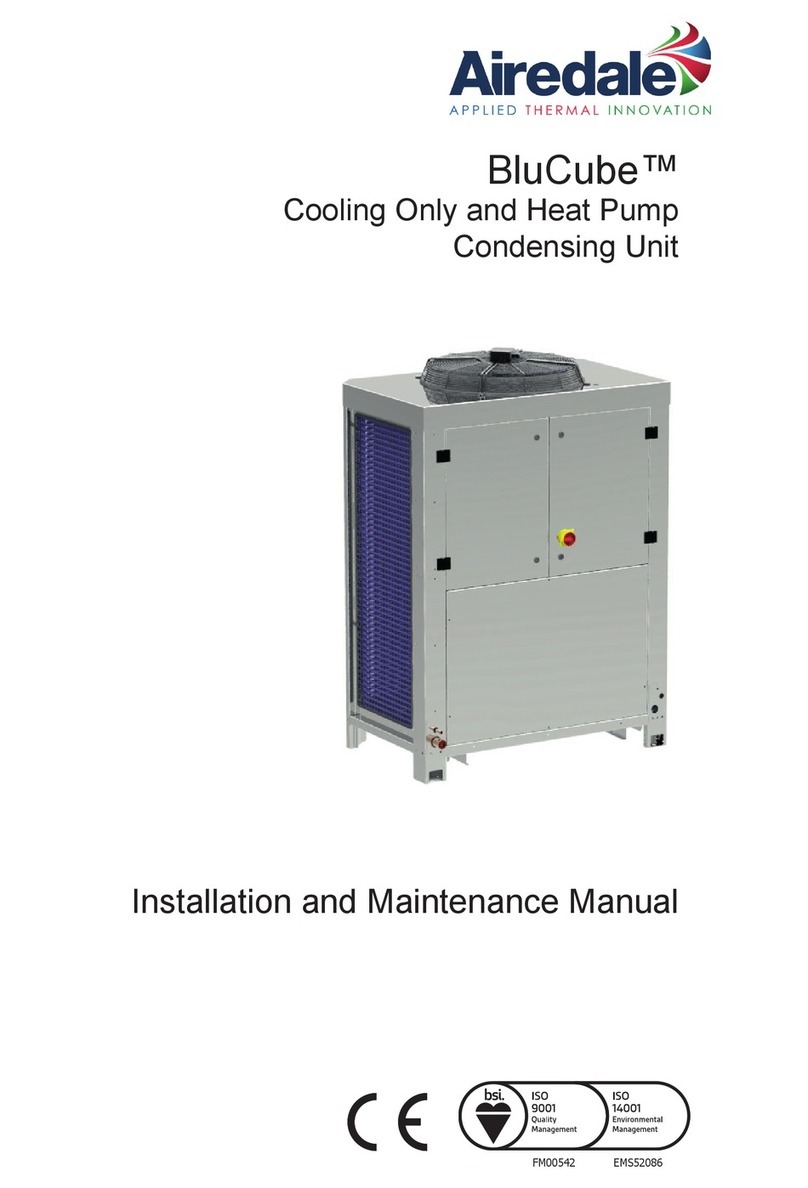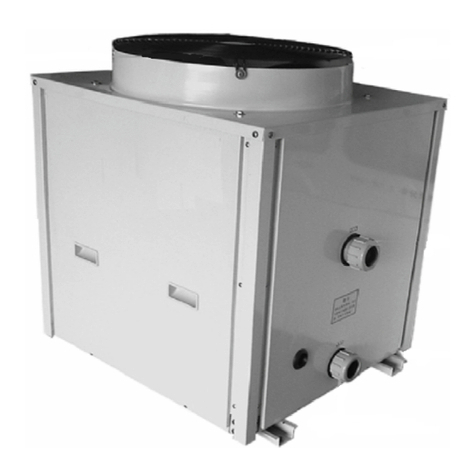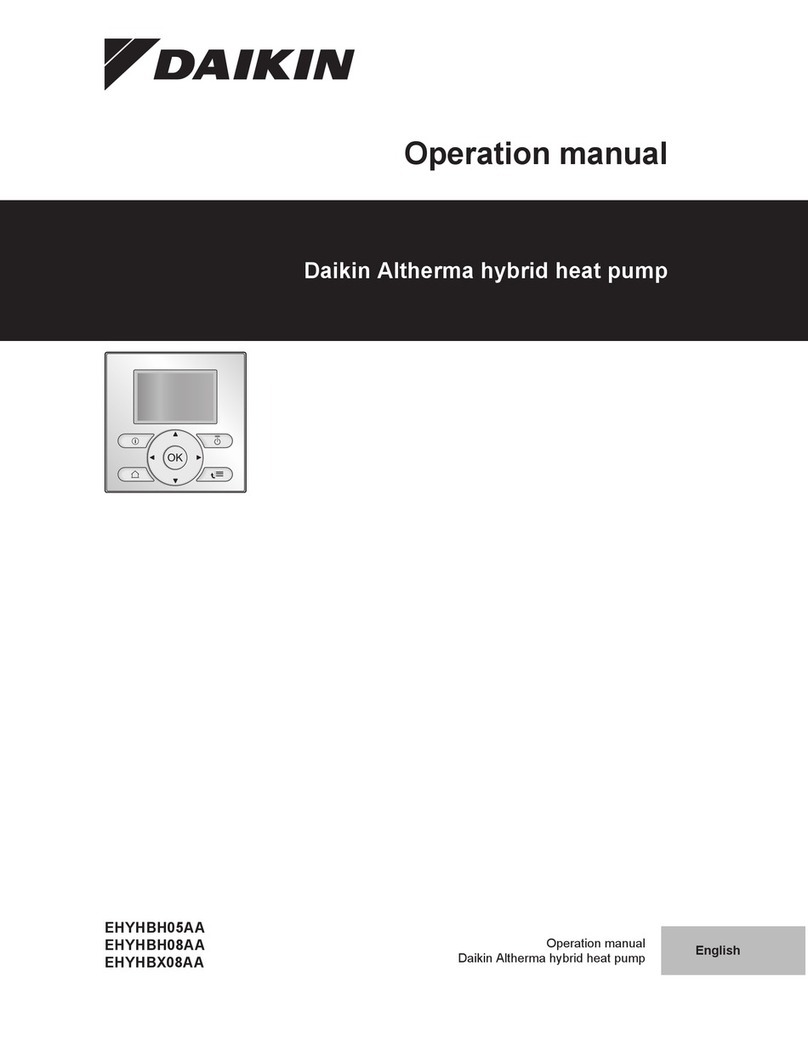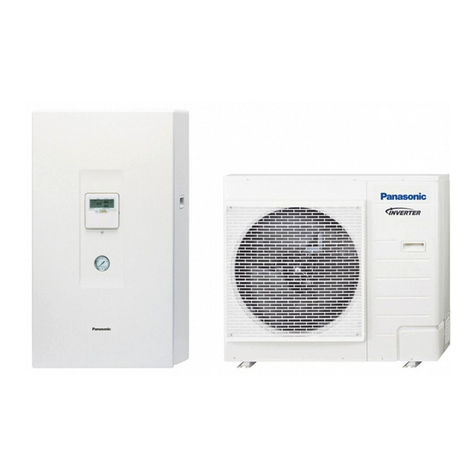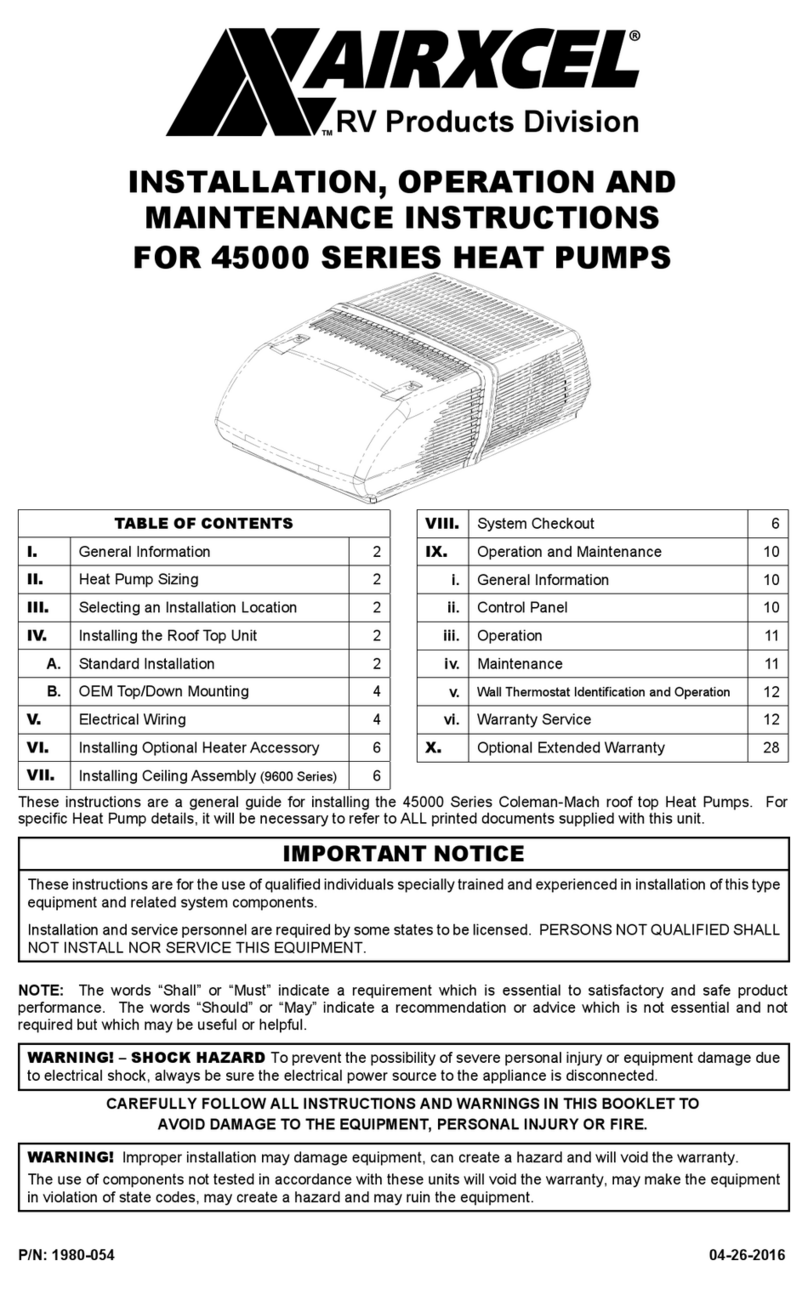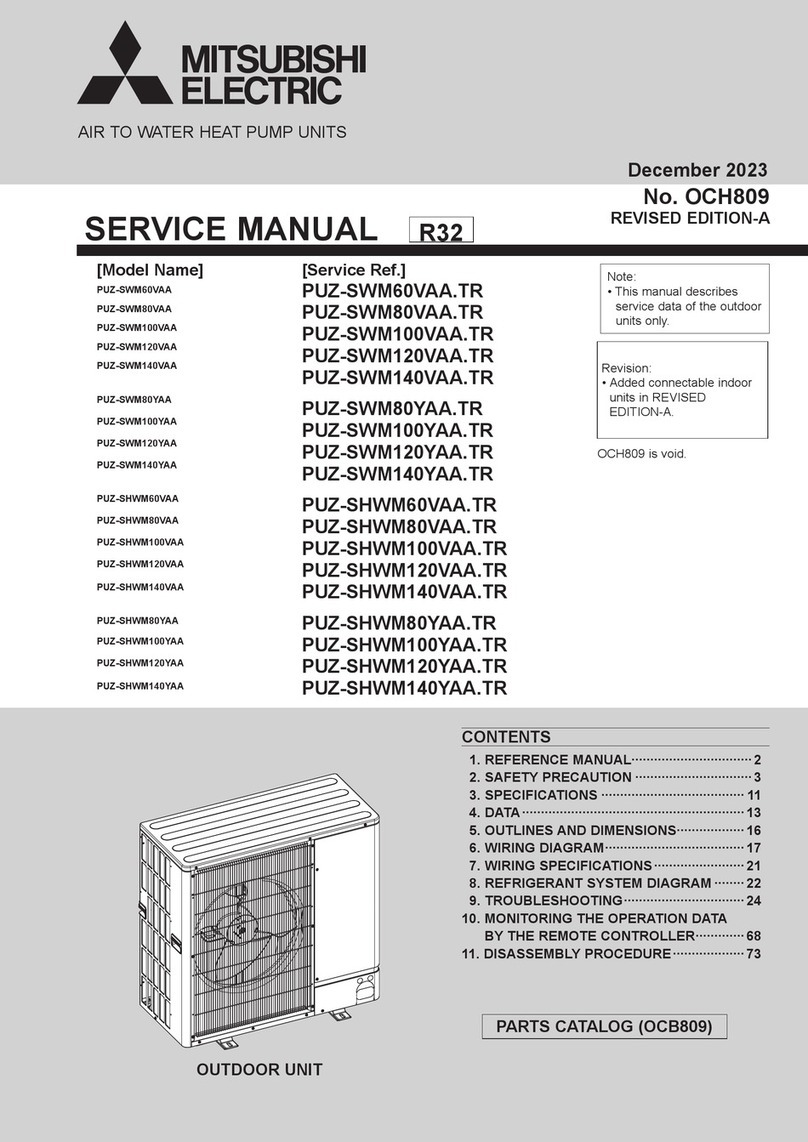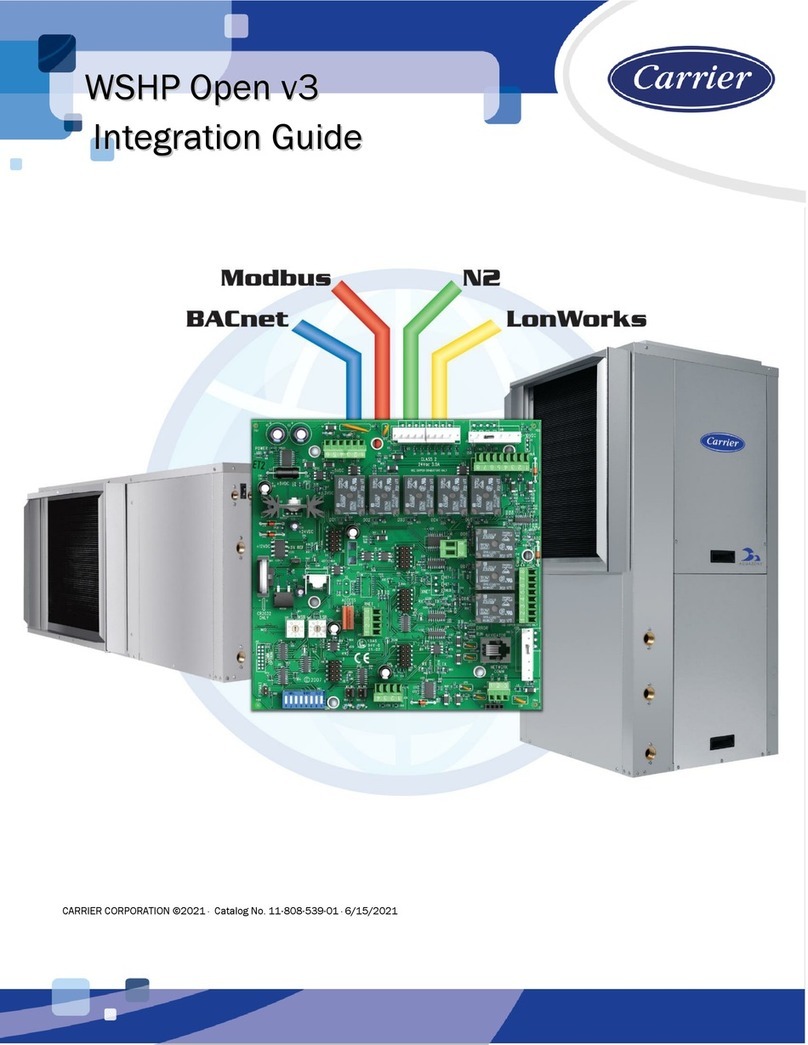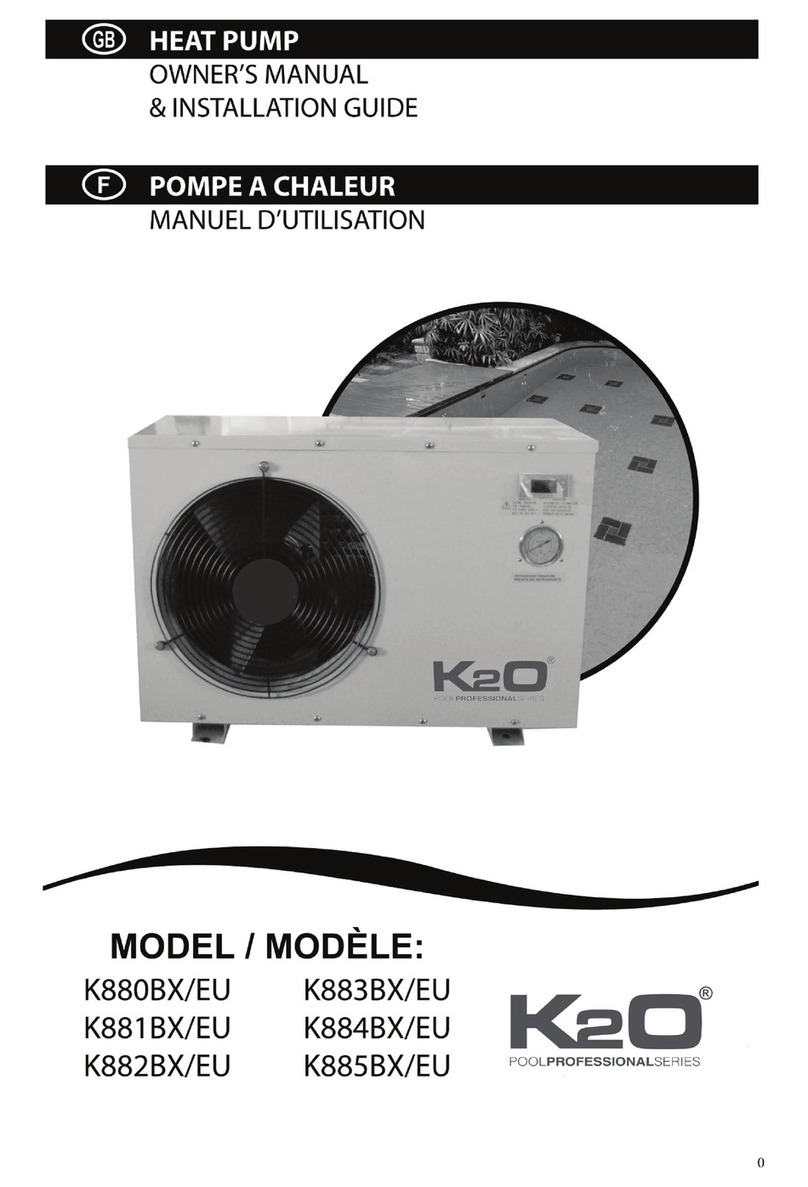
3 of 39
Dated 17/09/19 V1.2
ESP-HC-DHW 11DC
ESP-HC-DHW 17DC
Models: SOLIS 11 / 17
Contents list
1 General .................................................................................................................................................................... 5
2 System Description ............................................................................................................................................... 5
3 Installation ............................................................................................................................................................... 5
3.1 General points for installation engineer .................................................................................................. 5
3.1-1 Transport and storage .................................................................................................................... 5
3.1-2 Commissioning the installation ..................................................................................................... 6
3.1-3 Sitting the heat pump ..................................................................................................................... 6
3.1-4 Controller .......................................................................................................................................... 6
3.2 Installation design ....................................................................................................................................... 7
3.3 Pipe Connection ......................................................................................................................................... 7
3.4 Electrical Connection ............................................................................................................................... 10
3.4-1 Installation Drawings ..................................................................................................................... 11
3.4-2 Electrical Connection for all Solis Units…………………………………………………………….13
3.5 Commissioning ......................................................................................................................................... 16
3.5-1 Preparations .................................................................................................................................. 16
3.5.2 Pre Start-up Inspection................................................................................................................. 16
3.5.3 Start up and Commissioning ....................................................................................................... 16
4 The Controller ..................................................................................................................................................... 17
4.1 How it Works ............................................................................................................................................. 17
4.2Operating Mode Principle ........................................................................................................................ 17
4.3 Wired controller ......................................................................................................................................... 18
4.3.1 Controller ........................................................................................................................................ 18
4.3.2 Key to Buttons ............................................................................................................................... 18
4.3.3 Icon definition ................................................................................................................................. 18
4.4 Controller operation .................................................................................................................................. 19
4.4.1 Changing the mode ..................................................................................................................... 19
4.4.2 To modify a parameter .................................................................................................................. 19
4.4.3 To Set the Clock ............................................................................................................................ 20
4.4.4 To Set the Timer ............................................................................................................................ 21
4.4.5 Night mode ..................................................................................................................................... 22
4.4.6 Auto mode ...................................................................................................................................... 22
4.4.7 Weather Compensation Curve .................................................................................................... 23
4.5 System Protection and Error Codes ...................................................................................................... 23
4.6 System Adjustable Parameter Table...................................................................................................... 24
4.8 Parameter check ...................................................................................................................................... 26
5 Technical Specification ....................................................................................................................................... 28
5.1 Exploded drawings ................................................................................................................................... 28
5.2 System Schematic .................................................................................................................................... 30
5.3 Dimensions(mm) ...................................................................................................................................... 31
5.4 Specification .............................................................................................................................................. 33
6. Water pump water flow curves ......................................................................................................................... 35
7 Maintenance ......................................................................................................................................................... 36
7.1 Maintenance and Cleaning Guidance ................................................................................................... 36
8 How To Get The Most Out Of Your Heat Pump ............................................................................................... 36
9 Guarantee …………………………………………………………………………………….………………………………..…..36
9.1 Guarantee Terms ……………………………………………………………………………..……………………………….…….…37
10 Environmental Information…………………………………………………………………………………………………….………….37
11 Space Heating and Domestic Hot Water Operation…………………………………………………………..………………38
12 Optional Fittings Packs ..…………………………………………………………………………………………………………….……39
13 Technical Support ……………………………………………………………………………………..……………………………………39

